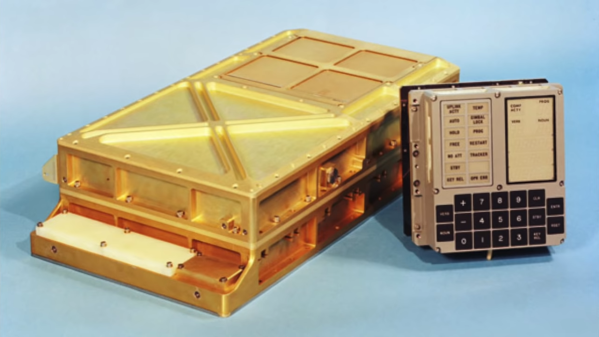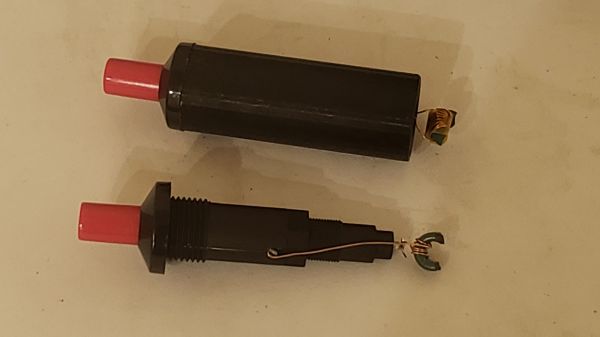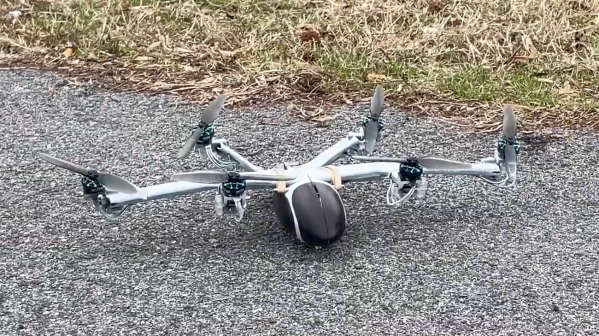Seems like all the cool kids are rewriting legacy C programs in Rust these days, so we suppose it was only a matter of time before somebody decided to combine the memory-safe language with some of the most historically significant software ever written by way of a new Apollo Guidance Computer (AGC) emulator. Written by [Felipe], the Apache/MIT licensed emulator can run either ROM files made from the computer’s original rope core memory, or your own code written in AGC4 assembly language.
It’s worth noting that the emulator, called ragc, needs a bit of help before it can deliver that authentic Moon landing experience. Specifically, the code only emulates the AGC itself and stops short of recreating the iconic display and keyboard (DSKY) module. To interact with the programs running on the virtual AGC you’ll need to also install yaDSKY2, an open source project that graphically recreates the panel Apollo astronauts actually used to enter commands and get data from the computer.
Of course, the next step would be to hack in support for talking to one of the physical recreations of the DSKY that have graced these pages over the years. Given the limitations of the AGC, we’d stop short of calling such an arrangement useful, but it would certainly make for a great conversation starter at the hackerspace.
Thanks for the tip, [CJ].


















